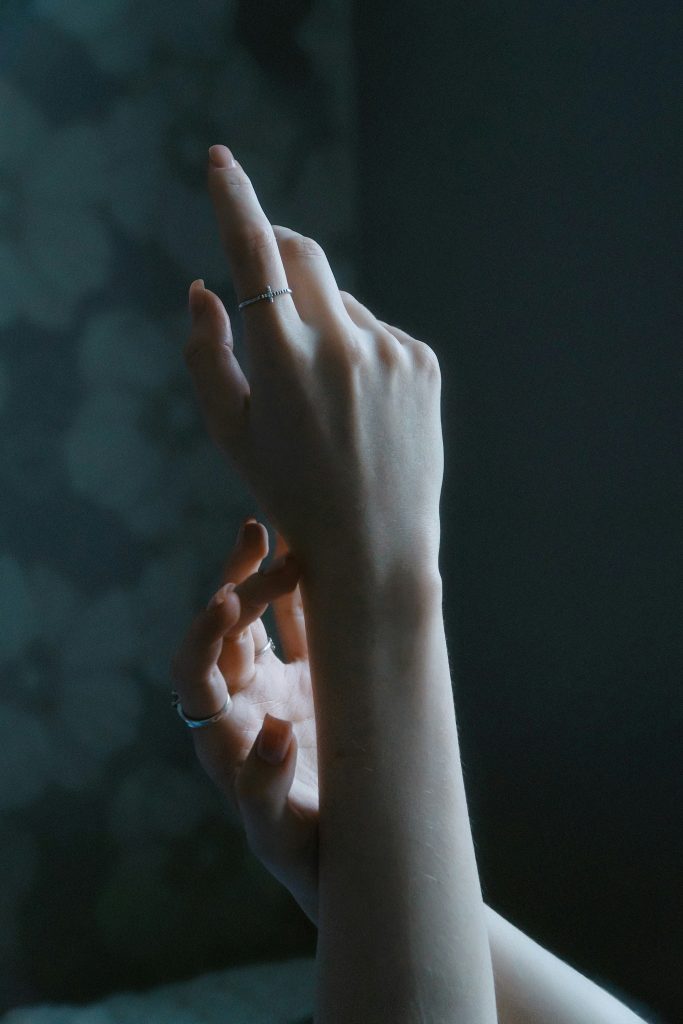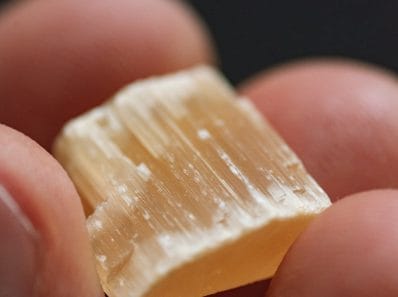An aura is like a living map of a person’s inner world. It is said to vibrate with different frequencies, each corresponding to emotional states, spiritual health, or mental clarity. The colors that emerge in one’s aura offer profound insights into their energy, personality, and life path. Just as the rainbow of colors brightens the sky, the aura manifests a spectrum of hues that reflect both the conscious and subconscious mind.
The Color Spectrum of the Aura
Every person’s aura is unique and often changes, adapting to their feelings, actions, and thoughts. Understanding aura colors can provide a deeper understanding of one’s emotional and spiritual journey. Let’s look at the meanings behind these vibrant hues, including grey, gold, black, and silver, but also others like red, blue, green, yellow, purple, and white.

Red Aura: The Color of Passion and Vitality
Red is the color of life force and physical energy. It’s strong, bold, and vibrant, often associated with passion, strength, and action. A person with a red aura is typically energetic, confident, and driven by desire and ambition. This color is often linked to the root chakra, symbolizing safety, security, and groundedness.
A red aura can signify a healthy connection to the root chakra, symbolizing safety, security, and groundedness. They might be physical, active, and focused on achieving goals, likely exhibiting strong leadership qualities.
However, a red aura that is too intense or dark can indicate aggression, anger, or restlessness. This could signal someone who is burning with passion to the point of stress or imbalance.
Orange Aura: Creativity and Emotional Balance
Orange is a warm, vibrant color that represents creativity, enthusiasm, and emotional healing. People with an orange aura tend to be joyful, optimistic, and enjoy exploring new ideas. This color is often associated with the sacral chakra, which governs emotions, creativity, and relationships.
Those with an orange aura may have a magnetic personality and a creative flair. They may be natural entertainers, artists, or people who excel at building emotional connections with others. Orange also signifies a healthy emotional balance, allowing the person to be both compassionate and grounded.
When the orange aura becomes muddy or dull, it can indicate emotional instability or an inability to express oneself creatively. It may reflect someone who feels disconnected from their passions or is struggling with emotional overwhelm.
Yellow Aura: Intellectual Clarity and Optimism
Yellow is the color of the intellect, optimism, and mental clarity. It’s a color that symbolizes wisdom, creativity, and positivity. Individuals with a yellow aura are often intelligent, perceptive, and have a great thirst for knowledge. They are thinkers and communicators, drawn to problem-solving and discovery.
A yellow aura is often linked to the solar plexus chakra, which governs personal power, self-confidence, and mental clarity. Those with a bright, vibrant yellow aura tend to have an open mind and a lively, inquisitive personality. They radiate joy and are often seen as optimistic and enthusiastic.
However, when the yellow aura becomes dull or clouded, it may suggest stress, overthinking, or a lack of mental clarity. It could be a sign that the individual is struggling with self-doubt or feeling disconnected from their true intellectual self.
Green Aura: Healing, Growth, and Compassion
Green is the color of the heart chakra, representing love, healing, and compassion. A green aura is associated with individuals who are nurturing, empathetic, and deeply connected to nature and their community. Those with a strong green aura are often healers, counselors, or individuals who work in fields of care and service.
A green aura indicates growth—both spiritual and personal. It represents a balanced, open heart, and a person who is capable of deep emotional connections. It’s the color of someone who feels in harmony with themselves and others, often fostering peace and healing wherever they go.
A muddy or dark green aura, on the other hand, could signal jealousy, resentment, or a need for emotional healing. It may indicate unresolved issues with self-love or feelings of stagnation in one’s personal growth.
Blue Aura: Calm, Communication, and Spiritual Awareness
Blue is the color of communication and emotional expression. It represents calm, clarity, and spiritual awareness. People with a blue aura are typically good listeners and effective communicators, often possessing strong intuitive abilities. This color is connected to the throat chakra, which governs self-expression, truth, and clear communication.
A bright, vibrant blue aura indicates someone who is open-hearted, compassionate, and spiritually aware. They are likely to have a deep sense of inner peace and harmony, and their ability to communicate their thoughts and feelings helps them connect with others on a profound level.
However, if the blue aura is too pale or faint, it could indicate that the person is suppressing their emotions or not fully expressing themselves. They might be feeling restricted in their ability to communicate their truth or perhaps afraid to speak up.
Indigo Aura: Intuition and Spiritual Insight
Indigo is a deep, mysterious color that represents intuition and spiritual insight. Individuals with an indigo aura are often highly intuitive, sensitive, and drawn to spiritual or mystical pursuits. They are often deep thinkers and are very aware of the subtle energies around them.
The indigo aura is associated with the third eye chakra, which governs intuition, insight, and insightful abilities. People with indigo auras may possess a strong sense of inner knowing and can often see beyond the physical realm, tuning into spiritual or unseen energies.
However, a dark or muddy indigo aura can signify someone who is overwhelmed by their insightful abilities, perhaps struggling with the weight of their intuitive gifts. It may also suggest an individual who is retreating from spiritual practices or is unsure of their path forward.
Purple Aura: Spirituality and Enlightenment
Purple is one of the most spiritually significant aura colors. It symbolizes enlightenment, higher consciousness, and the deep connection to the divine. Individuals with a purple aura are often seen as spiritually aware, sensitive to energies, and drawn to higher knowledge or metaphysical pursuits. They may possess psychic abilities, deep empathy, and a strong desire to make a positive impact on the world.
A vibrant purple aura indicates someone who is spiritually awakened, wise, and deeply in tune with the universe. They may often serve as guides or mentors, helping others on their spiritual journeys. The purple aura is associated with the crown chakra, which governs divine connection and enlightenment.
A dull or dark purple aura could indicate a person who is disconnected from their spiritual self or is going through a period of spiritual confusion or struggle. It might also reflect someone who is not fully embracing their intuitive gifts.
White Aura: Purity, Protection, and Divine Presence
White is often seen as the color of purity, light, and divine presence. A white aura represents someone who is pure in spirit, often carrying a deep connection to the divine. It is seen as the highest level of spiritual enlightenment, indicating someone who is filled with peace, love, and divine grace.
White auras can be protective, acting as a shield from negative energies or harmful influences. People with a white aura tend to be gentle, calm, and non-judgmental, radiating positivity and goodwill wherever they go. They are often healers, lightworkers, or individuals dedicated to helping others on their spiritual journeys.
However, if a white aura appears overly bright or intense, it could indicate that the person is too focused on maintaining a sense of purity or perfection, to the point of detachment from the world around them.
Grey Aura: The Neutral Ground
As mentioned earlier, grey represents neutrality, indecision, and emotional fatigue. It can be an indication that the person is experiencing a period of emotional confusion or is stuck in a state of indecision. It could also signify a protective shield—someone holding back from fully expressing their emotions or not allowing others to penetrate their personal boundaries.
However, grey is not always negative. It can also represent balance and neutrality when the person is in a state of contemplation or spiritual stillness, allowing them time to process and integrate experiences before moving forward.
Gold Aura: The Highest Vibrational Energy
Gold symbolizes divine wisdom, spiritual growth, and enlightenment. When present in the aura, gold reflects a person who is connected to their higher self, spiritually advanced, and in harmony with their inner truth. Those with a gold aura are seen as beacons of light, bringing warmth, clarity, and healing to those around them.
Gold represents the highest vibrational energy in the aura spectrum, symbolizing a life of abundance—not just in material terms, but in spiritual awareness and emotional health. It is the color of those who have attained a high level of consciousness, wisdom, and purity.
Black Aura: Shadow Work and Protection
Finally, black is often misunderstood. While it may carry connotations of negativity, in the context of the aura, black represents the shadow—the hidden, repressed parts of the self. It can signify a person who is undergoing deep introspection or working through unresolved emotional or psychological issues. It is also a protective color, offering a shield from external influences.
A black aura can indicate that the person is in a phase of transformation, purging old wounds or negative energies in order to make way for spiritual growth and healing. It’s a reminder that, sometimes, we must delve into our shadow selves to truly evolve.
Silver Aura: Purity, Mysticism, and Intuition
Silver is a color that represents a mystical, ethereal energy, often associated with the moon, intuition, and higher consciousness. It is seen as a reflection of the feminine, intuitive, and nurturing side of the self. While gold is linked to the sun, vitality, and spiritual enlightenment, silver is more closely connected to the realm of subtle energies and spiritual insight.
A silver aura often indicates a person who is spiritually advanced or in a state of deep connection with their higher self. Those with silver auras tend to be intuitive, perceptive, and deeply connected to their emotions. They are often highly sensitive to the energies around them and may have a heightened sense of awareness or psychic ability.
Silver is also considered the color of purity and clarity. It suggests a person who possesses a strong sense of inner peace and wisdom, radiating calmness and serenity. It’s the aura of someone who is aligned with their true purpose and is in harmony with the flow of life.
Silver also represents the balance between the physical and spiritual realms. It’s a color that signifies transformation and the ability to move between worlds—whether that’s the world of the material or the realm of spiritual consciousness. Silver allows an individual to tap into their intuitive faculties while remaining grounded in reality.
Conclusion: The Full Spectrum of the Aura
Your aura is a dynamic reflection of who you are at any given moment. Whether glowing in radiant gold or flowed by shadows of grey or black, your aura reflects your inner journey. By knowing the meanings behind the colors that dominate your aura, you can gain a deeper understanding of your emotional, mental, and spiritual state.
Every color, from grey to silver, gold to black, speaks to your unique energy and evolution. The interplay between these colors tells a story of personal growth, challenges, and triumphs. The next time you observe a shift in the colors of your aura, take a moment to reflect on the changes happening within you and embrace the messages they bring.


